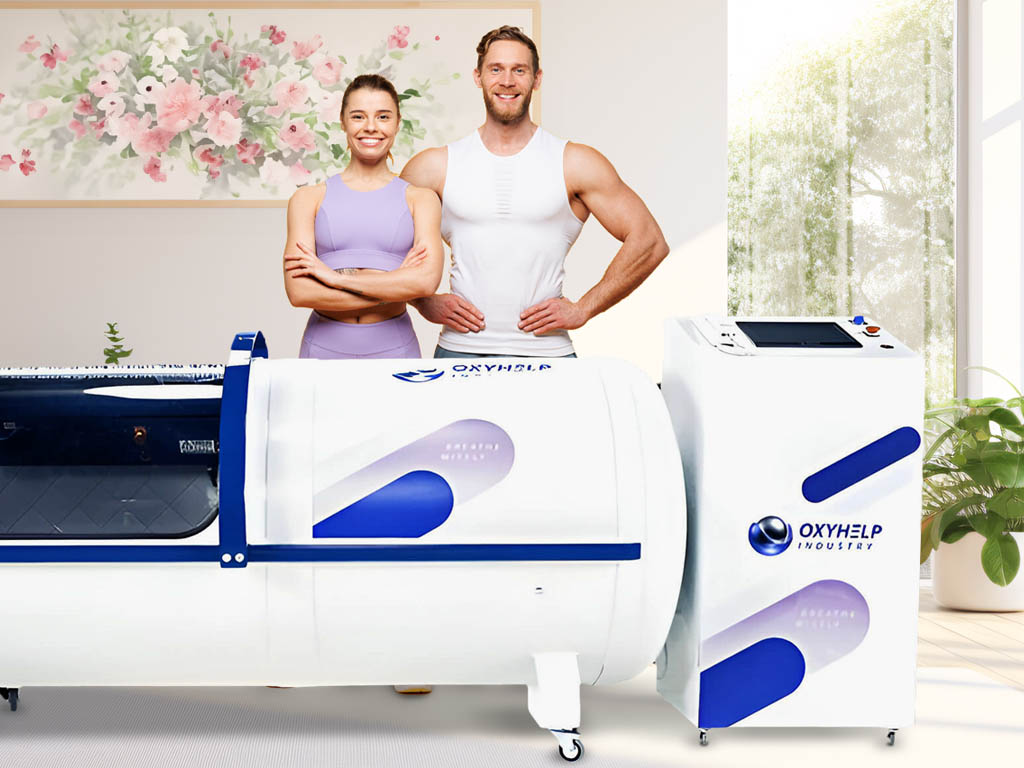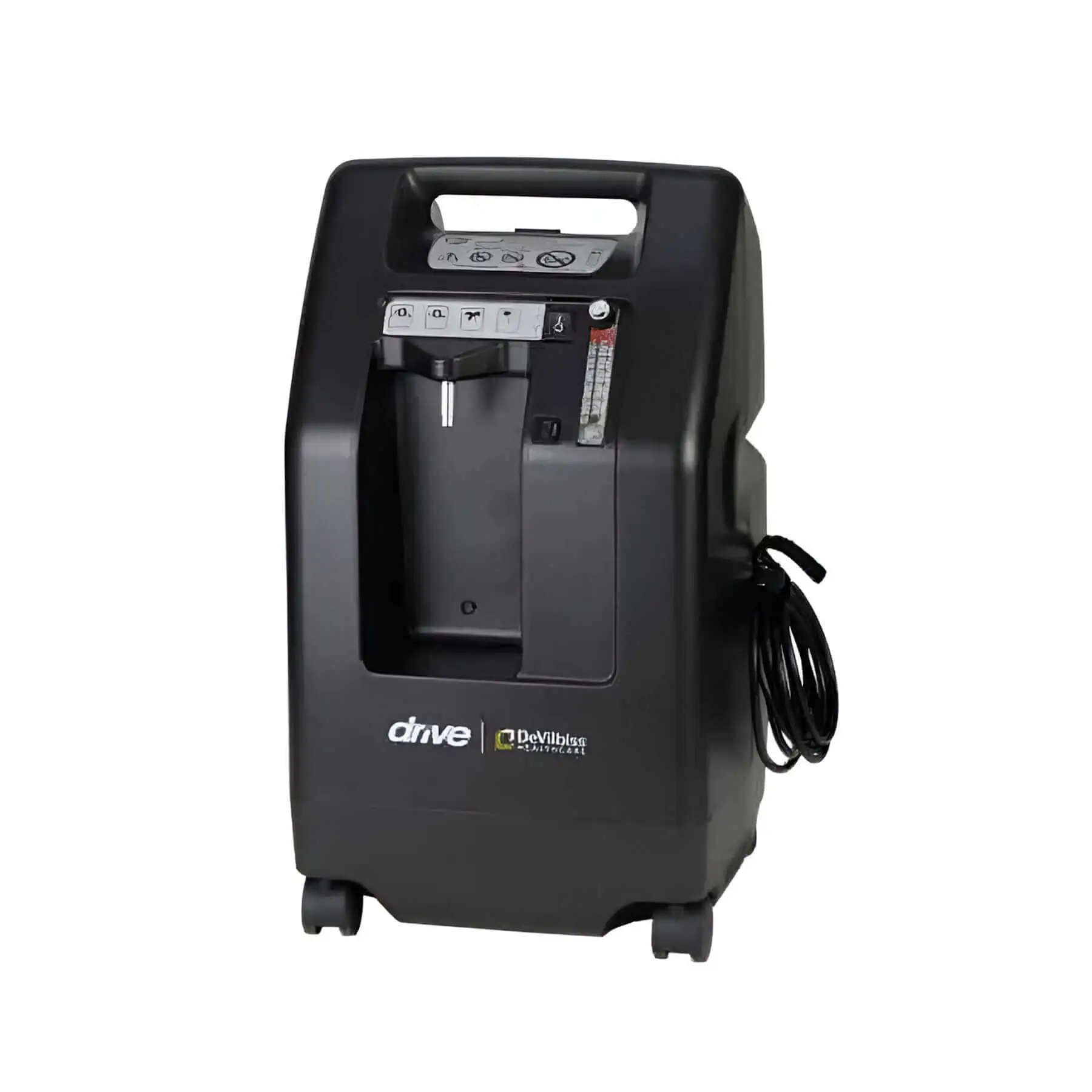Prospective Clinical Trial, Published in Peer-Reviewed Journal Aging, Utilizes HBOT Protocols to Demonstrate Cellular Level Improvement in Healthy Aging Adults
A recent study conducted by Tel Aviv University and the Shamir Medical Center in Israel found that hyperbaric oxygen treatments (HBOT) in healthy aging adults can stop the aging of blood cells and reverse the aging process. The study discovered a lengthening of up to 38% of the telomeres, as well as a decrease of up to 37% in the presence of senescent cells 1. The researchers found that a unique protocol of treatments with high-pressure oxygen in a pressure chamber can reverse two major processes associated with aging and its illnesses: the shortening of telomeres (protective regions located at both ends of every chromosome) and the accumulation of old and malfunctioning cells in the body 1. The clinical trial was conducted as part of a comprehensive Israeli research program that targets aging as a reversible condition
TEL AVIV, Israel, Nov. 18, 2020 /PRNewswire/ — Tel Aviv University and The Sagol Center for Hyperbaric Medicine and Research at Shamir Medical Center announced today that, for the first time in humans, two key biological hallmarks of aging, telomere length shortening and accumulation of senescent cells, can be reversed, according to a new study.
Using a specific protocol of hyperbaric oxygen therapy (HBOT), telomere length was significantly increased and senescent cells were reduced in a population of healthy aging subjects. The study, part of a comprehensive research program targeting aging as a reversible disease, is to be published in the peer-review journal Aging, and titled: Hyperbaric Oxygen Therapy Increases Telomere Length and Decreases Immunosenescence in Isolated Blood Cells: A Prospective Trial.
The biological deterioration of aging is cited as a major risk factor for cancer, cardiovascular diseases, diabetes, dementia and Alzheimer’s disease.
At the cellular level, two key hallmarks of the aging process are:
- The shortening of telomere length, of approximately 20-40 bases per year, which is associated with a variety of serious life-threatening illnesses; and
- The accumulation of senescent cells, the so-called “old malfunctioning cells,” which inhibit cell proliferation. The accumulation of senescence contributes to many age-associated conditions and illnesses, while elimination of those cells can reverse them, as shown in previous animal studies.
The prospective clinical trial, part of a comprehensive aging research program taking place in Israel, was conducted by Prof. Efrati, MD, from the Faculty of Medicine and Sagol School of Neuroscience at Tel Aviv University and Amir Hadanny, MD, Chief Medical Research Officer of The Sagol Center for Hyperbaric Medicine and Research and co-author of the study. It is the first study to evaluate whether HBOT can affect telomere length and senescence using a specific HBOT protocol. The trial included 35 healthy independent adults aged 64 and older who did not undergo any lifestyle, diet or medication adjustments. Each patient received 60 daily HBOT sessions over the course of 90 days. Whole blood samples were collected prior to treatment, at the 30th and 60th session, and one to two weeks following the last HBOT session, to assess peripheral blood mononuclear cells (PMBCs) telomere length and senescence.
“After dedicating our HBOT research to exploring its impact on the areas of brain functionality and age related cognitive decline, we have now uncovered for the first time in humans HBOT’s biological effects at the cellular level in healthy aging adults,” said Prof. Shai Efrati. “Since telomere shortening is considered the ‘Holy Grail’ of the biology of aging, many pharmacological and environmental interventions are being extensively explored in the hopes of enabling telomere elongation. The significant improvement of telomere length shown during and after these unique HBOT protocols provides the scientific community with a new foundation of understanding that aging can, indeed, be targeted and reversed at the basic cellular-biological level.”
Results found that the telomere length of T helper, T cytotoxic, natural killer and B cells increased significantly, by over 20 percent, following HBOT. The most significant change was in B cells, which increased at the 30th session, 60th session and post HBOT by 25.68%±40.42 (p=0.007), 29.39%±23.39 (p=0.0001) and 37.63%±52.73 (p=0.007), respectively. In addition, there was a significant decrease in the number of senescent T helpers by -37.30%±33.04 post-HBOT (P<0.0001). T-cytotoxic senescent cell percentages decreased significantly by -10.96%±12.59 (p=0.0004) post-HBOT.
“Until now, interventions such as lifestyle modifications and intense exercise were shown to have some inhibition effect on the expected telomere length shortening. However, what is remarkable to note in our study, is that in just three months of HBOT, we were able to achieve such significant telomere elongation – at rates far beyond any of the current available interventions or lifestyle modifications,” explained Dr. Hadanny. “With this pioneering study, we have opened a door for further research on the prolonged cellular impact of HBOT to reverse the aging process.”
Professor Efrati, the research group leader, is a medical advisor to Aviv Scientific LTD, which has developed a comprehensive program that includes HBOT treatment, cognitive and physical training and nutritional coaching, to enhance brain and body performance of aging adults based on the Sagol HBOT protocol at Aviv Clinics. Prof. Efrati serves as Chair of Aviv Scientific’s Medical Advisory Board.
Nechama Feuerstein
Finn Partners for The Sagol Center for Hyperbaric Medicine and Research
+1-551-444-0784
[email protected]
SOURCE The Sagol Center for Hyperbaric Medicine and Research













